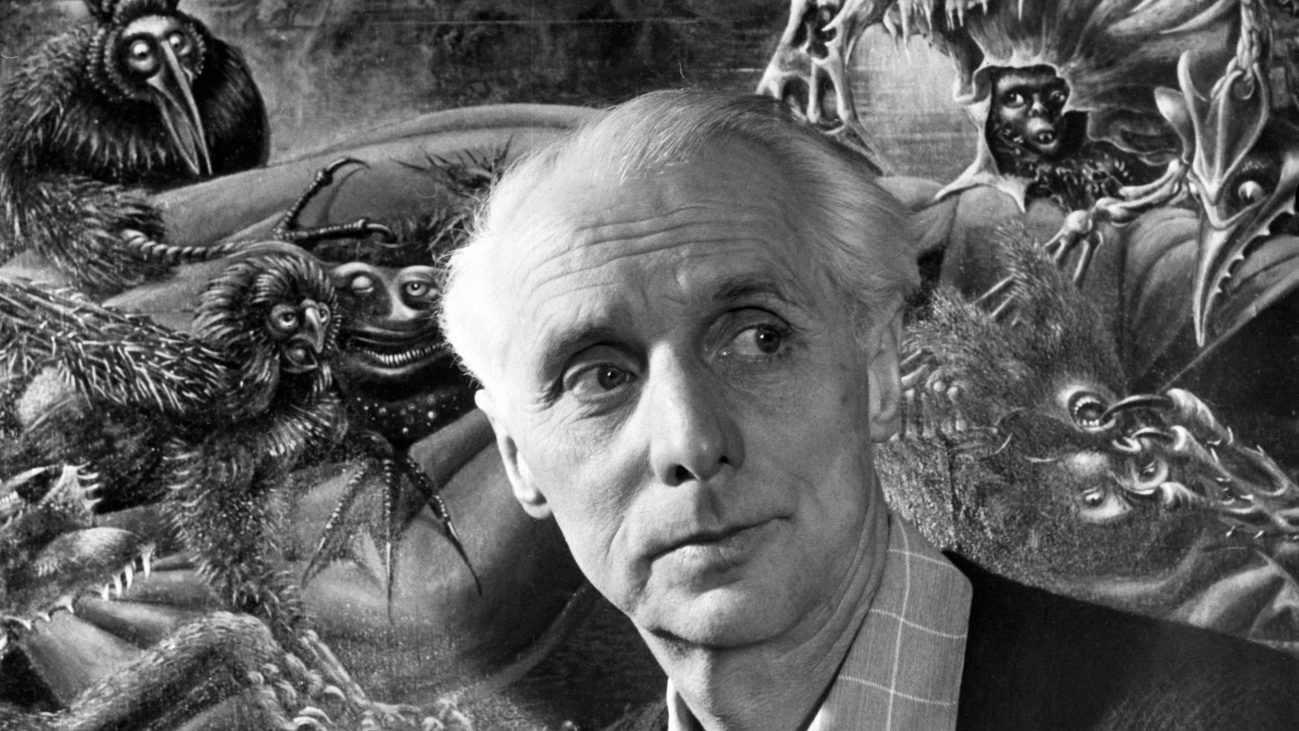
Max Ernst (1891 – 1976), a prominent German artist, was a key founder of both Dadaism and Surrealism. Showcasing his versatile talent across mediums such as painting, collage, printmaking, sculpture, and drawing, Ernst skillfully portrayed personal and collective memory, capturing the psychological turmoil and societal upheaval prevalent in 20th-century Europe. His artworks, marked by a blend of illusionistic techniques, offer a deep exploration of subconscious dreamscapes.
Born in Cologne in 1891, Ernst's academic pursuits in philosophy, art history, and psychiatry at the University of Bonn laid a foundation for his artistic evolution. His experience serving in the Germany Army during World War I profoundly influenced his artistic direction, leading him to reject conventional German art in favor of the avant-garde movements of Dada and Surrealism.
Upon relocating to Paris in 1922, Ernst swiftly ascended as an important figure within the Surrealist movement. His international acclaim grew over the following decades, marked by exhibitions in major art centers like New York, London, and Paris. Ernst continually pushed artistic boundaries, experimenting with innovative techniques such as collage, frottage, grattage, oscillation, dripping, and decalcomania, shaping the trajectory of Surrealist art.
Leaving Europe before the onset of World War II, Ernst moved to New York, where he produced notable works such as Europe After the Rain II (1940-1942), a poignant reflection on the aftermath of war. His artistic prowess was recognized with the Grand Prize for painting at the Venice Biennale in 1954, followed by a significant retrospective at the Solomon R. Guggenheim Museum in New York the subsequent year.
Max Ernst's legacy endures through his influential body of work, housed in major museums worldwide, solidifying his status as a pioneering force in 20th-century art.
Max Ernst with his painting The Temptation of St Anthony, 1946.
Photo: Bettmann/Getty
-
The Barbarians, 1937
Metropolitan Museum of Art
New York, New York, USACity with Animals, 1919
Guggenheim Museum
New York, New York, USAReturn of the Beautiful Gardener, 1967
Menil Collection
Houston, Texas, USAThe Endless Night, 1940
Kemper Art Museum
St. Louis, Missouri, USAA Moment of Calm, 1939
National Gallery of Art
Washington, D.C., USATime and Duration, 1948
Denver Art Museum
Denver, Colorado, USA









